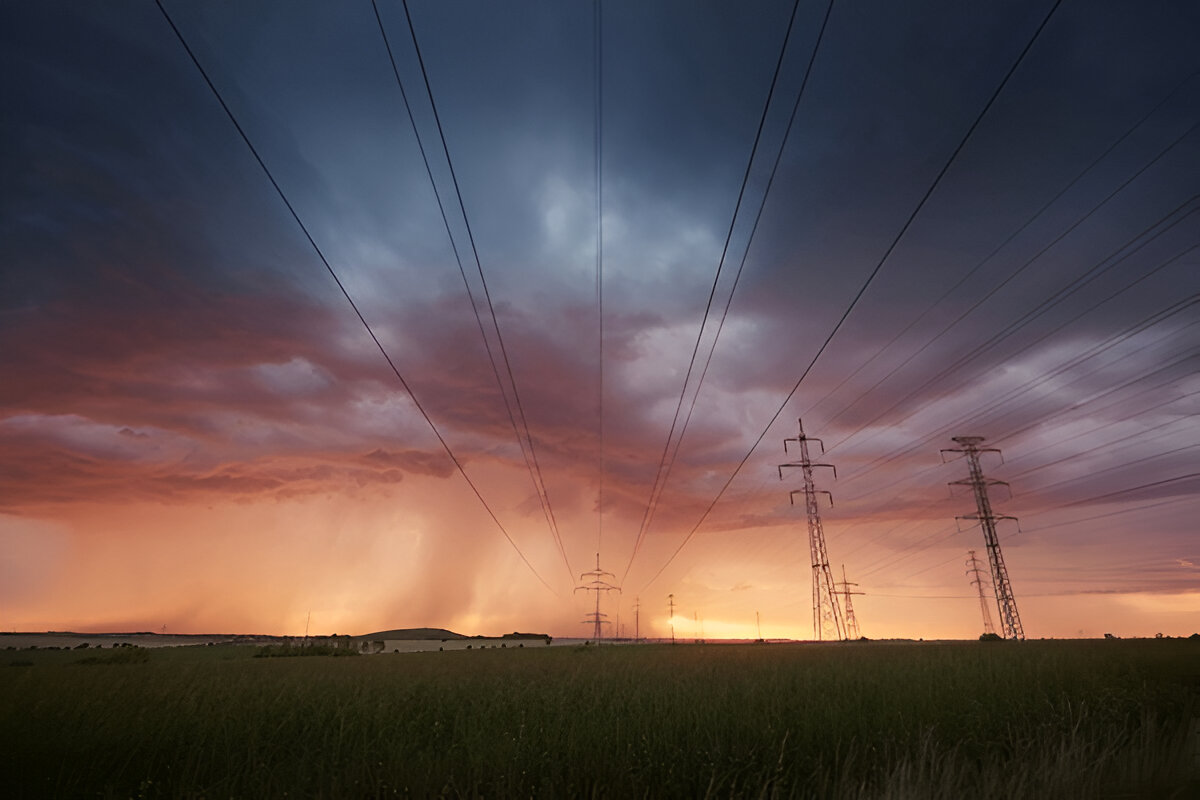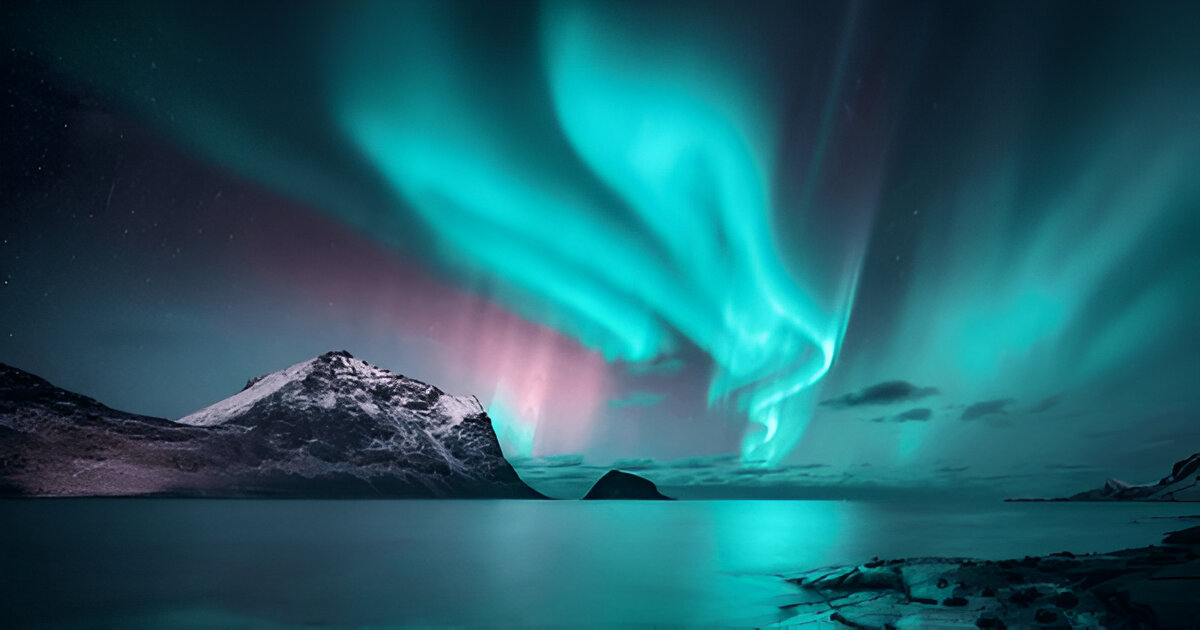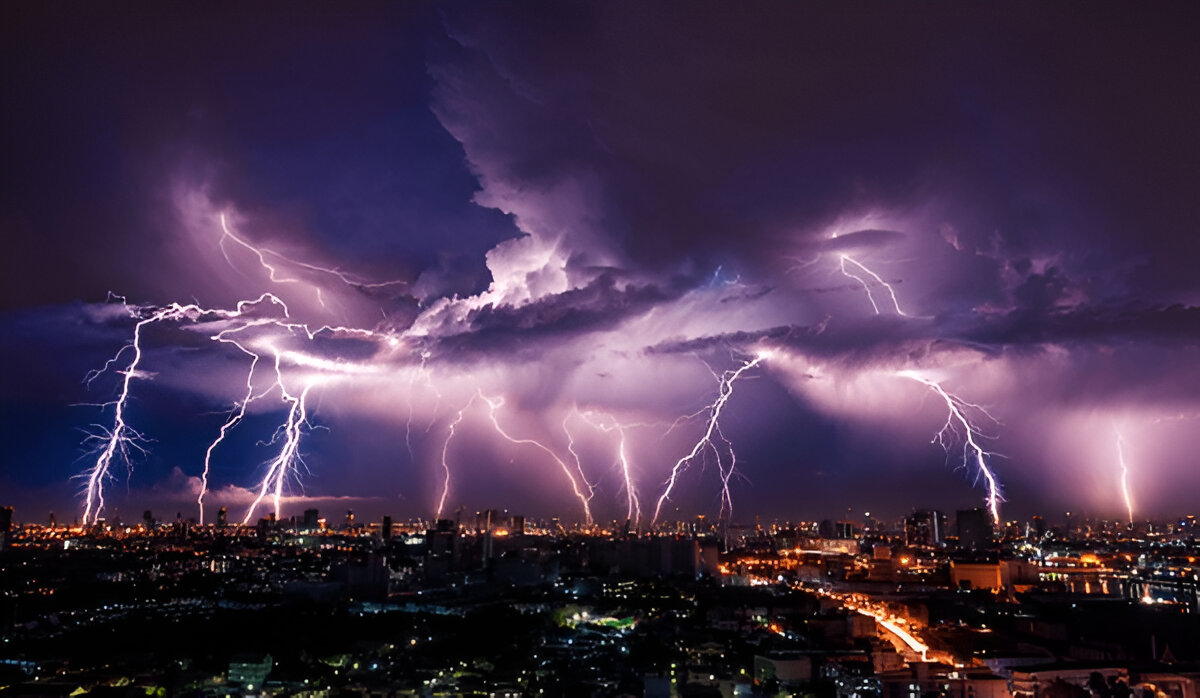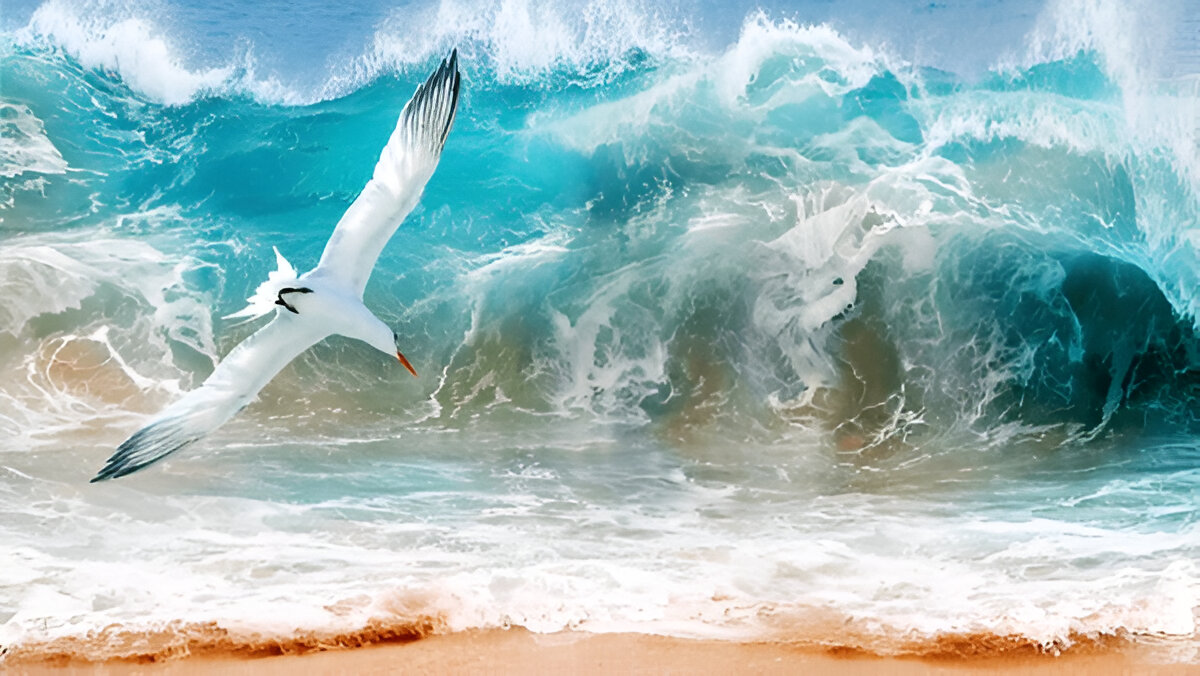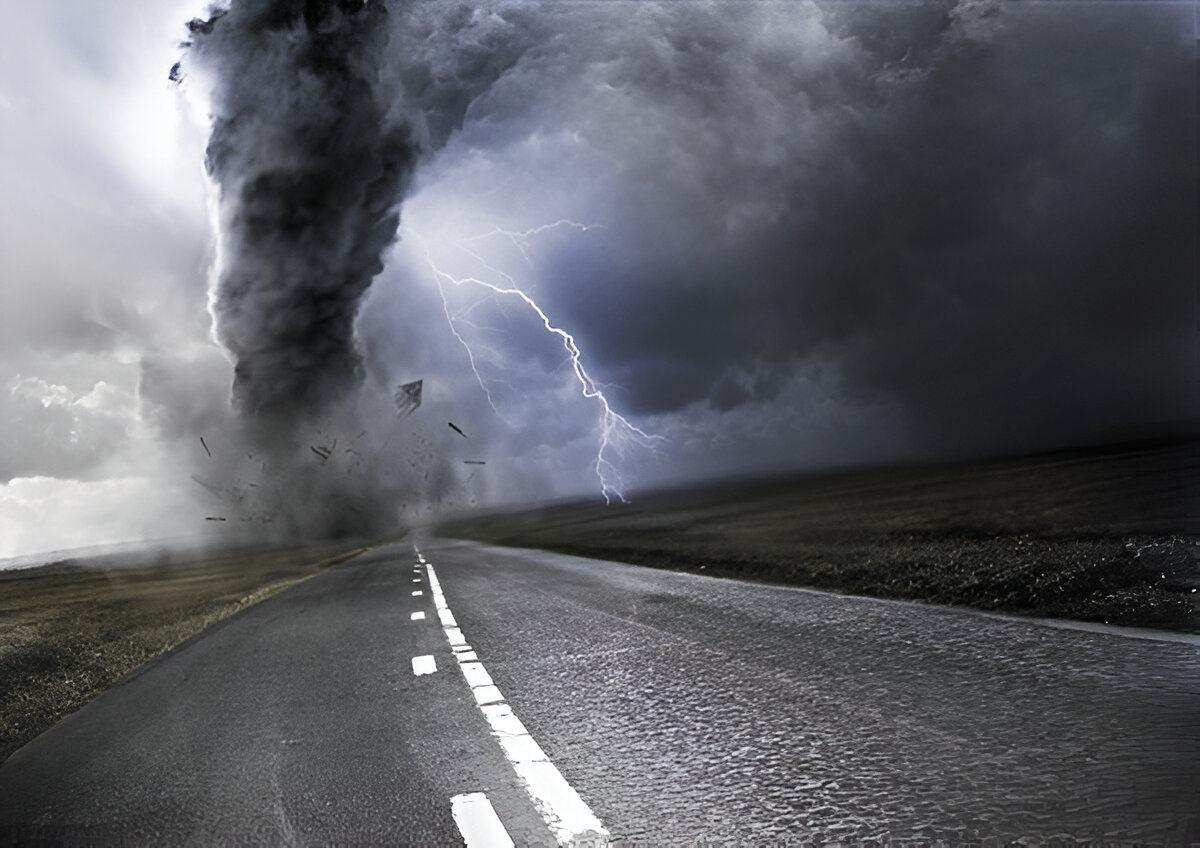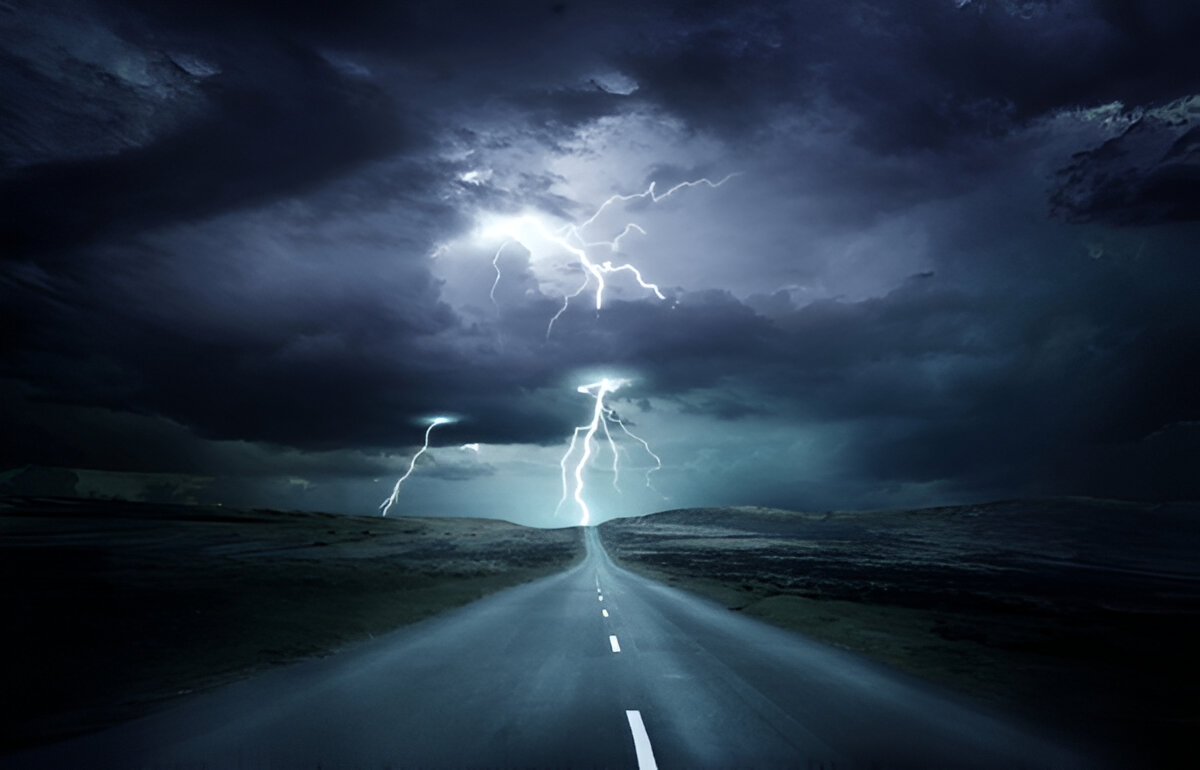
Extreme weather phenomena have an undeniable allure for many adventure enthusiasts. Whether it’s chasing the raw power of a tornado, experiencing the intensity of a hurricane, or feeling the chill of a blizzard, the thrill of being in the path of nature’s most dramatic forces is unlike any other. But weather chasing isn’t just for thrill-seekers—it’s an activity that combines curiosity, science, and a deep respect for the planet’s unpredictable beauty. If you’re thinking about embarking on your own extreme weather adventure, this guide will show you the best locations, tips for staying safe, and how to make the most out of your journey.
What is Weather Chasing?
Weather chasing involves actively seeking out extreme weather events, such as tornadoes, hurricanes, snowstorms, and other dramatic atmospheric phenomena. For many, it’s not just about watching nature’s power from a distance; it’s about getting up close and personal—safely, of course—to learn about and witness the natural processes that shape our planet.
Some weather chasers take a scientific approach, using specialized equipment to monitor and track storms, while others are simply after the thrill of seeing these powerful storms in person. Whatever the motivation, weather chasing requires careful planning and a strong sense of respect for nature’s unpredictability.
Top Destinations for Extreme Weather Adventures
If you’re looking to chase extreme weather events, here are some of the top destinations that provide the perfect setting for weather chasers:
- Tornado Alley, USA
Tornado Alley is famous for its high frequency of tornadoes, especially in states like Kansas, Oklahoma, Texas, and Nebraska. Every spring, weather chasers head here to witness the incredible power of twisters. It’s not only about the spectacle—understanding how tornadoes form and the impact they have on the environment is a huge draw for many.Tornado chasers often use cutting-edge radar systems and GPS technology to predict storm paths, and there are also guided tours led by experts who know how to safely approach these storms. The region’s unique topography and weather conditions make it an unparalleled destination for storm enthusiasts. - The Gulf Coast, USA (Hurricanes)
The Gulf Coast of the United States, including cities like Miami, New Orleans, and Houston, is known for being prone to hurricanes. From June to November, hurricane season dominates, offering weather chasers an opportunity to witness these powerful storms in action.Weather chasers here often use drone technology, weather balloons, and specialized tracking systems to monitor hurricanes from a safe distance. However, it’s important to approach these storms with caution. Observing a hurricane can be incredibly dangerous, and it requires thorough planning and experience. - Norwegian Arctic (Polar Blizzards)
For a more extreme, cold-weather adventure, polar blizzards in the Norwegian Arctic are an exciting option. Svalbard, located above the Arctic Circle, is one of the best places to witness harsh winter storms, with heavy snowfalls and fierce winds. This region offers a truly wild experience, where temperatures often plummet and the landscape transforms into a winter wonderland.Exploring the Arctic requires specialized gear and careful preparation, as the extreme cold and unpredictable conditions can be dangerous. But the experience of witnessing the raw power of a polar blizzard in the wilderness is a rare and unforgettable adventure. - Australian Outback (Dust Storms and Heatwaves)
The Australian Outback offers a completely different kind of extreme weather experience. Known for its dust storms and scorching heatwaves, the Outback provides an intense weather-chasing environment. Dust storms in the region can stretch for miles, turning the sky an eerie shade of brown and significantly reducing visibility.The heatwaves here can be equally overwhelming, with temperatures often exceeding 40°C (104°F). The Outback’s harsh, dry conditions create an unforgiving yet fascinating atmosphere, drawing those with an interest in extreme desert weather. Visitors should be prepared with plenty of water and protection from the sun, as conditions can change rapidly. - Monsoon Season in India (Heavy Rain and Flooding)
The monsoon season in India brings a completely different type of extreme weather. From June to September, the country experiences heavy rainfall that can cause flooding, landslides, and drastic changes in the landscape. Regions like Kerala, Goa, and Maharashtra are particularly affected, offering a dramatic display of nature’s power.Chasing the monsoon means witnessing the transition from drought to deluge, and while it’s an awe-inspiring sight, it’s not without its risks. Flooding and landslides can make certain areas inaccessible, so it’s crucial to stay updated on weather forecasts and be prepared for any challenges that may arise. - The Sahara Desert (Sandstorms)
The Sahara Desert is known for its sandstorms, which can be both mesmerizing and menacing. These storms, driven by powerful winds, can transform the desert landscape in a matter of minutes, creating towering dust clouds and drastically altering visibility. Sandstorms in the Sahara can be intense and last for hours, sweeping across vast stretches of sand.Weather enthusiasts traveling to the Sahara should be prepared for the extreme heat during the day and chilly conditions at night. While the desert’s storms are incredibly fascinating to watch, safety is paramount, and visitors should always be mindful of the desert’s unpredictable nature.
Tips for Safe Weather Chasing
Extreme weather can be thrilling, but it can also be dangerous. Here are some essential tips for staying safe while chasing extreme weather:
- Educate Yourself
Before embarking on a weather-chasing adventure, take the time to learn about the types of storms you’ll be encountering and how they form. Studying meteorology and storm behavior will give you a deeper understanding of the phenomenon and help you make informed decisions. - Invest in Proper Gear
Depending on the weather event you’re chasing, you’ll need to invest in the right equipment. For tornadoes, radar systems and GPS tracking are essential, while for hurricanes, you might want to use drones or weather stations. For extreme cold, like the Arctic, high-quality winter gear and survival kits are a must. - Respect Nature’s Power
Extreme weather events can be unpredictable, and safety should always come first. Always follow local guidelines and warnings, and never attempt to get too close to a storm. If you’re not an experienced weather chaser, consider joining a guided tour with professionals who understand the risks involved. - Be Prepared for the Elements
Whether you’re in the desert, the Arctic, or the Gulf Coast, extreme weather means unpredictable conditions. Be sure to bring adequate clothing, food, water, and shelter to stay safe. Proper preparation is key to ensuring that your weather-chasing adventure is memorable for the right reasons.
Conclusion
Weather chasing offers a thrilling way to connect with nature’s most powerful forces. From the heart of Tornado Alley to the vast, dry Sahara Desert, the world’s extreme weather events provide both excitement and a deep sense of awe. But it’s not just about the chase—it’s about understanding the forces that shape our planet and respecting the raw power of nature.
If you’re ready to embark on your own extreme weather adventure, be sure to plan carefully, equip yourself with the right tools, and, most importantly, prioritize safety. Weather chasing is an unforgettable journey, but it should always be approached with caution and respect for the elements.

